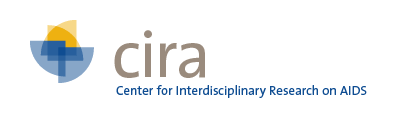| Title | AIDS Drug Assistance Programs: highlighting inequities in human immunodeficiency virus-infection health care in the United States. |
| Publication Type | Journal Article |
| Year of Publication | 2002 |
| Authors | Walensky, Rochelle P., David A. Paltiel, and Kenneth A. Freedberg |
| Journal | Clinical infectious diseases : an official publication of the Infectious Diseases Society of America |
| Volume | 35 |
| Issue | 5 |
| Pagination | 606-10 |
| Date Published | 2002 Sep 1 |
| ISSN | 1537-6591 |
| Keywords | Acquired Immunodeficiency Syndrome, Ambulatory Care, Cost-Benefit Analysis, Drug Costs, Financial Management, Health Care Costs, Health Services Accessibility, Humans, Insurance Coverage, Medical Assistance, Pharmaceutical Services, State Health Plans, Treatment Outcome, United States |
| Abstract | The AIDS Drug Assistance Programs (ADAPs) were founded in 1987 to pay for human immunodeficiency virus (HIV)-related medications in the United States and to help provide prescriptions for HIV-infected patients ineligible for Medicaid who have no private health insurance. As HIV care has shifted from the inpatient to the outpatient arena and as patients live longer because of more-effective antiretroviral therapy, medication costs have increased, and ADAPs have increasingly been operating under emergency measures, with coverage limitations and eligibility restrictions. Because these programs operate at the state level, inequalities in resource distribution to those in need are manifest and appear to contribute to differences in disease outcomes that are based solely on patients' place of residence. Cost-effectiveness analysis would offer a more informed basis for distribution of ADAP resources in an efficient and equitable manner, leading to a standardized national structure. |
| DOI | 10.1111/j.1524-4733.2010.00763.x |
| Alternate Journal | Clin. Infect. Dis. |


